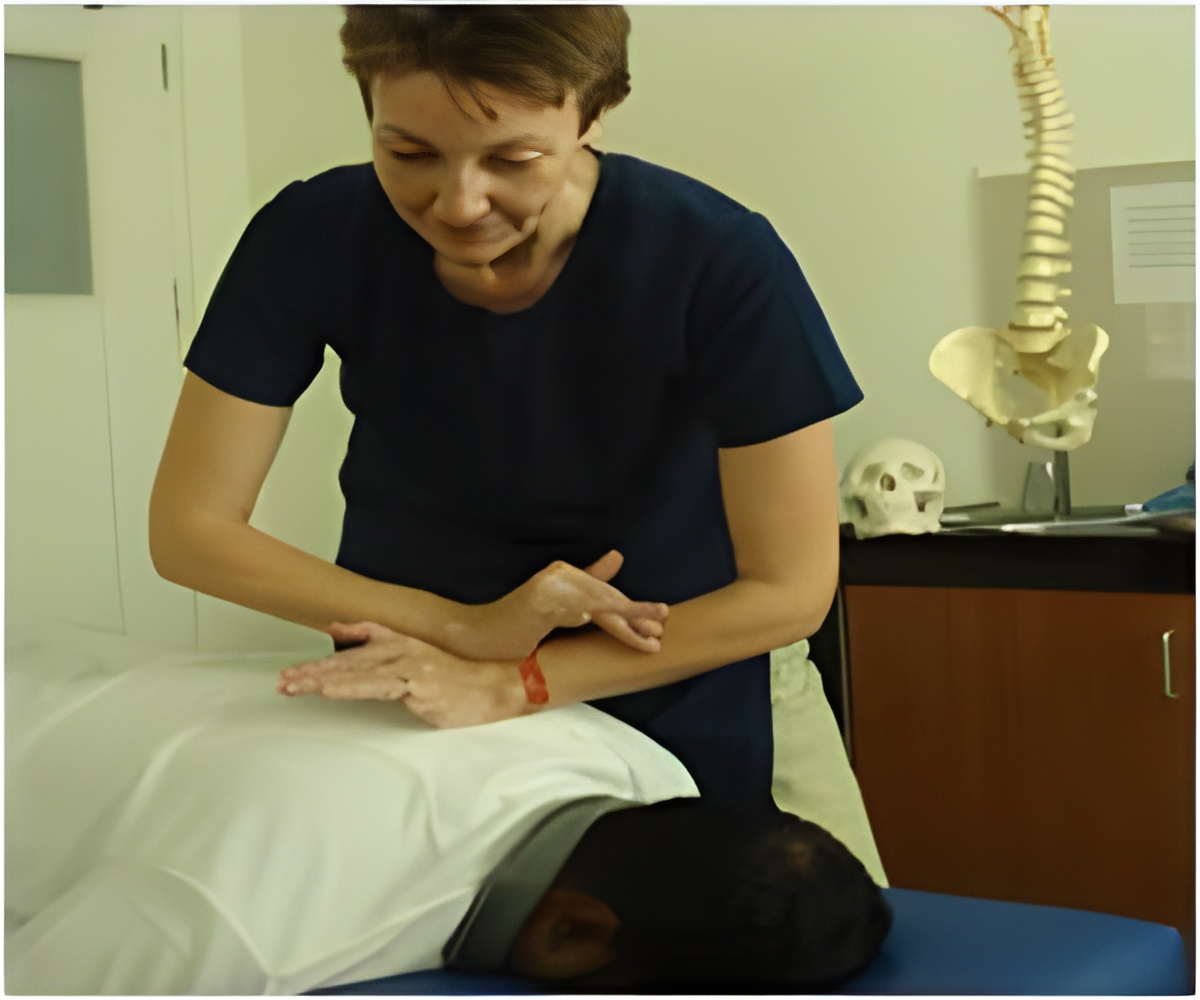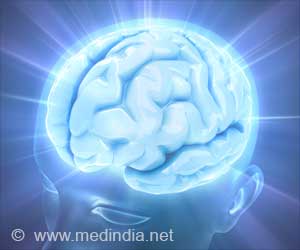Chiropractors offer healthcare services based on the functioning principle and co-ordination between nervous system and musculoskeletal system.

The word chiropractic means ‘done by hand’. It was given the name ‘chiropractic’ by a healer DD Palmer, working in the United States in the 1890s, however the principles on which chiropractic is based have been around for as long as there are any written records regarding healthcare.
There’s a large and growing evidence base for chiropractic. We do not fully understand how it works, but we do know that chiropractic changes the way the nervous system integrates and processes information. The nervous system is the conduit for how we relate to our external world and control our internal one, so chiropractors believe it’s fundamental to our health. To the best of my knowledge, chiropractic is the only ‘medicine’ to come in at this level, so to speak.
As in Ayurveda, and Traditional Chinese Medicine, we also believe that dis-ease is as individual as the person who has it, and that most attempts to label people with specific conditions can do more harm than good.
Q. Who can avail chiropractic treatment? For what health challenges do people seek your assistance and services?
Anyone, young or old, can come to see a chiropractor. The majority of people I see come with non-specific back or neck pain, headaches, and/or dizziness. However I also see sports people who want to improve their sporting performance/minimise their chances of injury. And people who feel better after chiropractic adjustment see what I do as part of how they look after their bodies, like going to a gym or eating healthily, rather than as a ‘treatment’.
First, I take a history. This can take half an hour to an hour, depending on the situation. The history will include a ‘description of condition’, which //is ‘What is happening for the person now and what has happened in the past?‘, along with collecting details about past illnesses, operations, accidents, and an overview of their more general health.
Then I’ll discuss with the person what I have found, what it tells me about their symptoms, and then draw up a diagnosis and a treatment plan.
For some people, chiropractic alone is appropriate. For others I might refer first to a trigger point person to relieve muscle spasm either before or in addition to the chiropractic. For other people I might recommend counselling either instead of or as an adjunct to chiropractic. For others it could be allopathy instead of or as an adjunct etc.
Q. Are there ailments that cannot be detected and treated by mainstream medical practitioners that only chiropractic treatment can do?
It’s not about whether chiropractic or allopathy is right or wrong, it’s about what’s the best approach for an individual at a given time. What people are lacking is the knowledge to determine when they should seek allopathic treatment and when to go to alternative medicine, as there is a time and a place for both.
Let’s take back pain. Back pain is a symptom of a problem, not a problem in its own right. It can be a symptom of disease. For example, cancers, inflammatory arthritis, cardiovascular disease, are best handled by an allopathic physician, although in some cases a chiropractor may be part of the team. However major disease or trauma, e.g a fracture, only account for about 5% of cases of back pain.
The other 95% are termed ‘non specific back pain’. The allopathic approach tends to assume that most non specific back pain is due to inflammation; hence it gets labelled spondylitis, which means inflammation (itis) of the spine (spondylo). This assumption may have some validity with acute problems (ie the person who’s got back pain for the first time, of less than two months’ duration). However for chronic pain, research suggests that the assumption is wrong. Research suggests that chronic pain has more to do with adaptations in the nervous system and with a person’s attitudes and behaviours. Therefore an intervention like chiropractic, which focuses on the nervous system, can be more effective.
Q. Spinal Manipulation or Spinal adjustment is also called chiropractic adjustment. Is it because only chiropractors can offer remedial therapy?
Chiropractic is not synonymous with manipulation. Some chiropractic techniques involve manipulation, others do not. And not everyone who manipulates is a chiropractor.
That’s why chiropractors distinguish between adjustment and manipulation. For example, I don’t manipulate, so when I work with someone, there’s no ‘cracking’ of joints.
Q. How can chiropractic treatment be infused with mainstream treatment? Are there medical practitioners who recommend chiropractic treatment? Have patients been referred to you by medical doctors?
When I worked in the UK, I frequently worked with a team of allopathic doctors. Here in India, there are occasional referrals from allopathic doctors.
Chiropractors do think differently from medical doctors, but there’s no reason why we cannot work together if both are open minded enough to appreciate the strengths of the different approaches and play to them.
I characterize it like this. I choose to look after my body. I choose not to smoke, to exercise regularly, to eat healthily, and I choose chiropractic care for myself as part of that. I do not believe you can always prevent serious illness. However I do think you can improve your chances of not becoming ill, and you can improve your chances of surviving if you do become ill. Certainly two of the biggest health problems facing all countries today - obesity and its companion Type 2 diabetes - can be prevented but not cured.
Many people, largely unconsciously, resist taking care of themselves, content in the knowledge that when they become ill, the allopathic doctor will be able to patch them up. I suspect there will always be more people in this group than there will be people in mine. It will always be easier to take tablets and have surgery than to take care of yourself.
Q. What is the biggest challenge for you as a chiropractor from other ‘mainstream’ medical practitioners?
It’s not so much a challenge from other medical practitioners, I maintain that there’s room for all and there’s a time and a place for both allopathy and complementary/alternative/allied approaches.
In part, it’s a debate between vitalism (the belief in the self healing capacity of the body) and mechanism (the belief that the body is a collection of parts and that if you break a problem down, you can fix the broken bit). This debate has been going on for centuries.
I think current education of Indian allopathic practitioners is out of date. Bed rest is no longer best practice for back pain; neither is traction nor pain killing injections into the spine. Yet all are routinely recommended here. My first big problem is overcoming people’s belief that rest will cure them, because that’s what their doctor has told them to do. There’s plenty of evidence that people who continue normal activities, with some modification, are more likely to improve and have a better long term prognosis than those who rest. Also cardiovascular exercise - running, swimming, cycling - is recognized as a valuable tool in helping people through back pain, but I don’t come across Indian doctors recommending it!
My other problem is the confidence in MRI. Most people come to me armed with bags of tests including MRI, convinced that the MRI holds the key to their back pain. See my point about causes of back pain. I am not saying MRI is useless - it isn’t - but it’s limited to anatomy. It should mainly be used to back up a clinical suspicion of cancer, or inflammatory arthritis, or as a preparatory tool for someone who has already agreed to surgery.
Take the ubiquitous ‘slipped disc’. There’s no evidence that disc injuries correlate with back pain. Some people have big disc injuries and no pain, others small injuries and lots of pain. Yet time and again I’ll be faced with an MRI that shows a disc injury and a person convinced that they have pain because of the disc, even when their pain is in the wrong place to correlate with the injury.
Q. Chiropractic treatment is recognised in 107 countries and is also the third largest medical practice but why are there few Chiropractic centres in India?
There’s nowhere for Indian students to train. The first Asian country to set up a college is Malaysia and that very recently. Their first graduates will be in 2016.
Q. What is your opinion of chiropractors in India? How does one identify a credible chiropractor?
There are very few people in India who I would regard as properly qualified chiropractors. And because the profession isn't regulated here, anyone can use the title. And most Indian people will not be in a position to judge whether what they are getting is chiropractic. One patient told me he'd seen an osteopath in Goa. I was intrigued as I didn't know there were any here. I asked for a description of the care and what he described was acupressure. There is a college in Kolkata that claims to be offering chiropractic on its roster of courses, but when I spoke to them what they described as 'a bit of manipulation tacked on to a naturopathy course'.
In India, I only recommend members of the Indian Association of Chiropractic Doctors, or a group operating in Ahmedabad (www.relifechiropractics.com), because these are the people I know to be properly qualified. The only places you can train at the moment are outside India, so people should be sceptical of anyone who has trained here. The majority of the best schools are in countries where the profession is regulated - US, Canada, UK, Australia and New Zealand. The courses are a minimum of three years at degree level, and many are longer and higher (the college I trained at, now offers a five year, integrated Masters, which is above BSc). As about the nature of the training, Chiropractors should be fully versed in not just anatomy and physiology but have a grounding in clinical medicine (differential diagnosis), and be able to conduct postural assessment, palpation (checking tissues by hand), orthopaedic testing and neurological testing. They should know when to refer to an allopath, and when to modify their treatment. For example there are some conditions that mean you have to choose particular adjusting techniques, or position patients in certain ways, to work safely with them.
Dr. Alison Bale consents the problem, “is not so much with mainstream medicine, but that people’s faith in doctors ties them into a diagnostic and treatment approach that isn’t always supported by the research evidence. And by the time they get to me, they may have had surgery, or have had years of failed treatment, and it may be too late for me to convince them to do what they need to do. It’s one thing to take a fit 25 year old and get them exercising again. It’s quite another to start with someone in their 60s who has never been fit. And I see more of the latter than the former.
Ultimately, it comes down to responsibility. As all the religious texts put it, we are all responsible for our own health and disease.”
She also states, “There’s evidence that people who see chiropractors regularly are in better shape as they get older than their counterparts who do not. Also people who see chiropractors are more likely to say that their health is good, than those who do not. Chiropractic is healthcare.”
Medindia thanks Dr. Alison Bale for her contribution.
Source-Medindia








